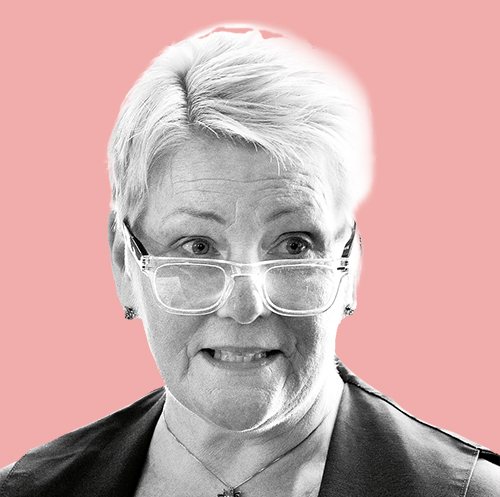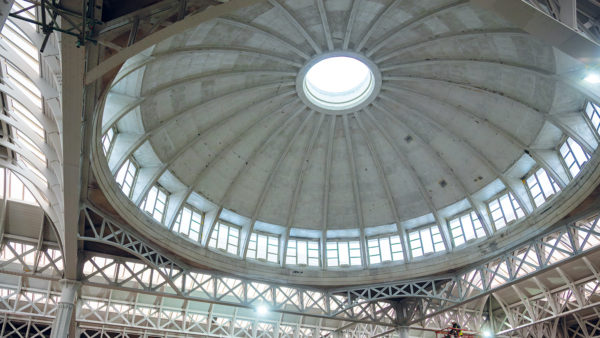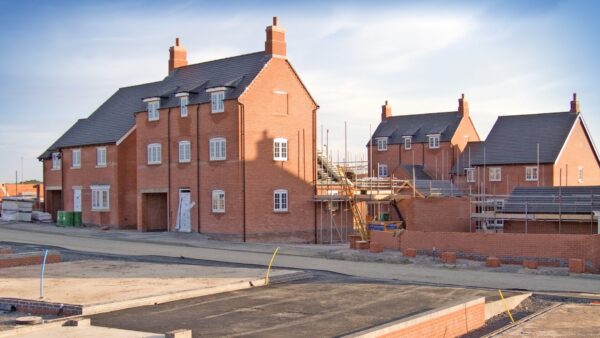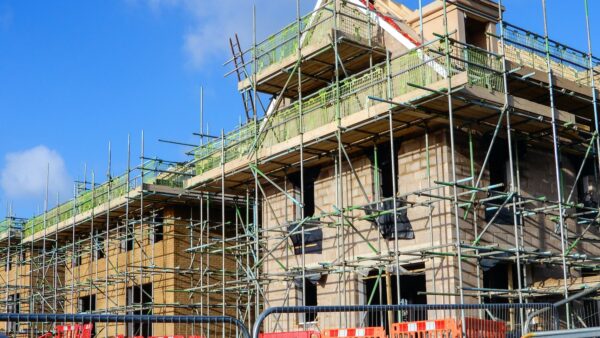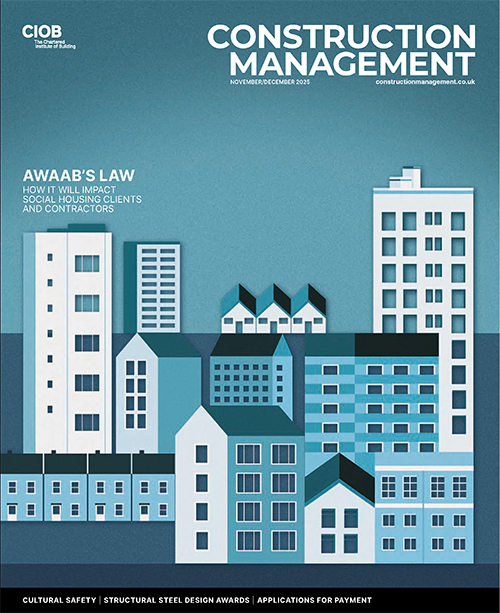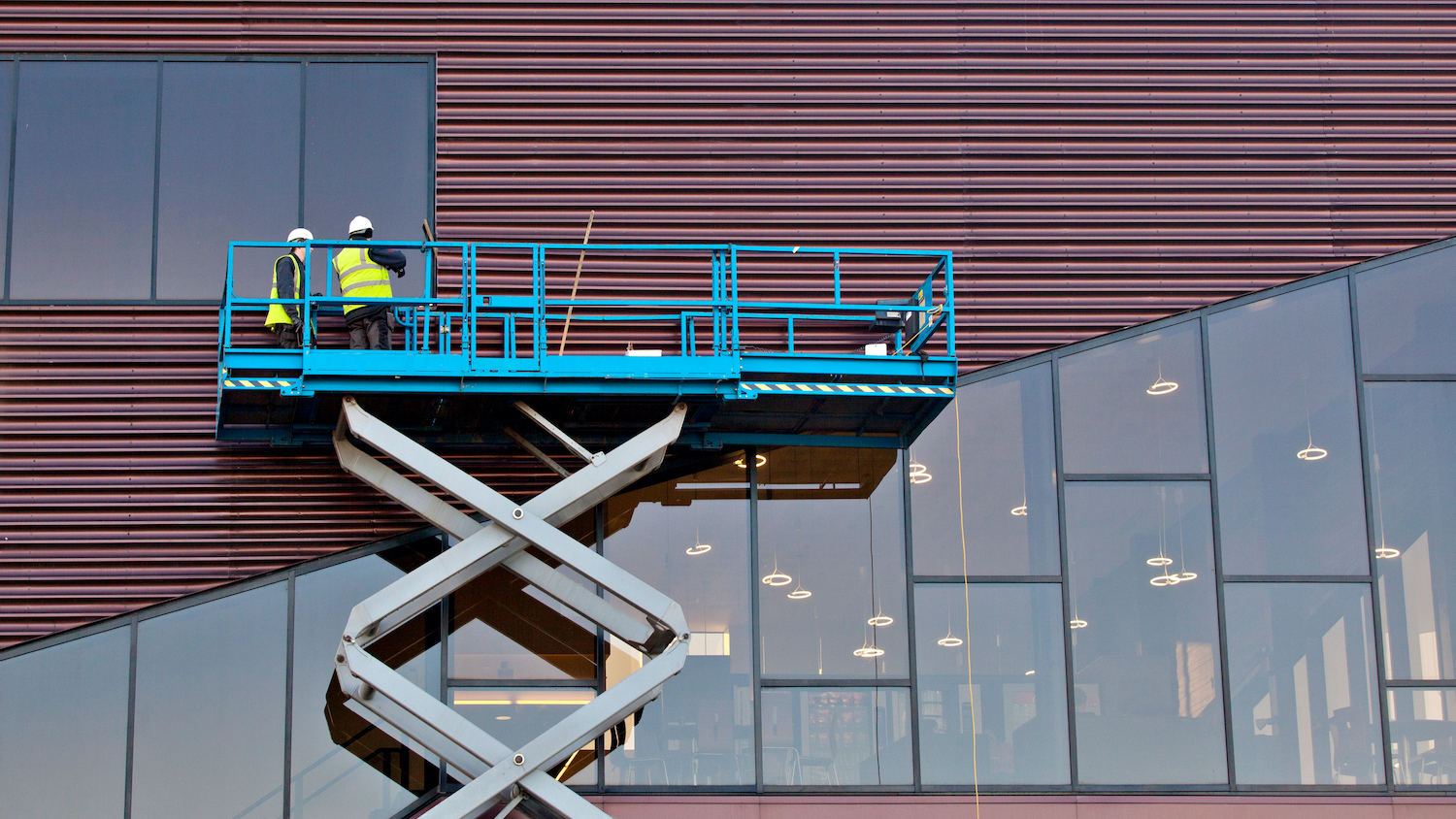
Caroline Gumble reviews the highlights of a recent talk by a veteran CIOB member on the damp problems associated with retrofitting.
A few weeks ago, CIOB president Professor Mike Kagioglou FCIOB and I attended the inaugural CIOB Wales Construction Cymru Conference.
It was an amazing event (which completely sold out and had a waiting list!) with a fantastic lineup of knowledgeable and inspiring speakers, including the chair of our hub in Wales, Wyn Harries FCIOB, who opened proceedings.
I want to take this opportunity to thank him for all his hard work but particularly the work he does to keep mental health support on the agenda. It’s an incredibly important issue and Wyn seems tireless in his efforts to open up conversations and help remove any stigma that remains when it comes to talking about struggles that we might be having.
Across the day, there were five CPD sessions delivered to a packed room of delegates, with a broad range of topics and great engagement from the audience.
However, there was one talk which really stayed with me, as it covered something that can create serious damage to buildings and can cause long-term health problems for those who live in such buildings: damp and mould.
Retrofit and mould
Professor John Edwards FCIOB, a longstanding member of CIOB, shared his expertise in a talk on ‘Retrofit – the damp and mould dilemma’. He outlined the problem clearly, sharing some recent headlines which suggest that about a third of homes in the UK are mouldy or damp.
He also explained how retrofitting, although an important step in limiting emissions from residential buildings, can sometimes exacerbate the problems.
After detailing the steps required to reduce the risks from retrofitting work – including energy modelling, careful evaluation of the options and post-occupancy evaluation – Professor Edwards did offer a positive note.
He concluded his remarks with a summary of what a damp and mould investigation should look like and called for all stakeholders – professionals, landlords and residents – to have a greater awareness of the subject and the options when it comes to tackling it.
His call to action also resonated with one of CIOB’s key areas of focus – we need competent, trained and qualified professionals available to do the work needed to bring the UK’s homes up to scratch.
Thanks to Professor Edwards for his fascinating talk, thanks to everyone who attended our first CIOB Wales Construction Cymru Conference and thanks to all those who organised it and supported it.
It was an inspiring event – watch this space for the 2026 date to be announced soon.
Caroline Gumble is CEO of CIOB.


